Search Results for Tag: biomimicry
Learning from nature’s creativity
If you don’t have a proper solution for a problem, it sometimes helps to look to others who have. When it comes to more efficient technology – copying from nature has proven a surprisingly rewarding strategy.
The most prominent example is the “lotus effect” that helps to keep windows clean, for example. But in fact, there a many others: Joins us on a trip into the world of nature’s creativity, which is a direct result of the huge diversity of life out there.
The boxfish (Ostracion cubicus) for example acted as a model for car company Mercedes and has – despite its clumsy appearance – better aerodynamic properties than a “Porsche” sports car.
Not convinced? Consider this example: Ants have inspired, both, British telecoms company BT to improve their network as well traffic psychologists and mathematicians who study ant trail dynamics to make human traffic guidance more efficient and avoid traffic jams.
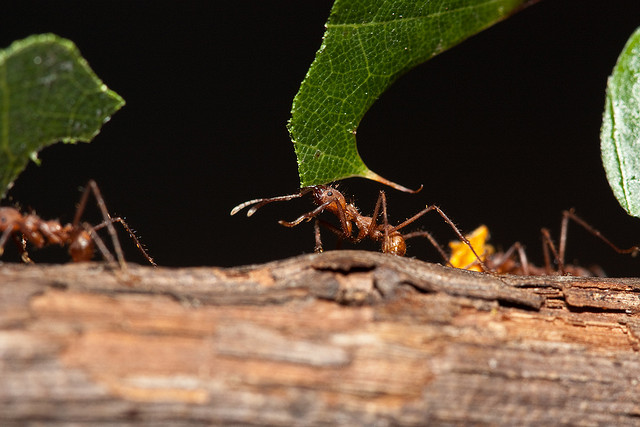
They are not only quite strong, but also well organized: as ants do rather think of the whole group’s movement than thinking egoistically of their own ongoing. (Photo credit: CC BY NC SA 2.0: Stephen Begin)
See the little hooks of this bur? Can you guess which invention it inspired? Here’s a hint: you might have it in your wardrobe or at least somewhere in your house. Yes, it’s velcro. The material was designed based on the plant’s structure (where it helped the seeds to attach to animals in order to spread)
Ever attempted to build a sand castle during your beach holidays? Chances are that, even if you thought it looks impressive – it is not nearly as well designed as termite nests which feature a very clever cooling system, that prevents the nest from overheating. Architects have taken this as a model for the Eastgate Center – a shopping and office complex in the Zimbabwean capital of Harare.
Let’s move on to technology: to colorful butterfly-wings, for example. They have been the template for the displays of consumer electronics devices including CD- or mp3-players. The wings have very good reflection properties for bright colors.
Not quite wings – but close enough: the wavelike edge of a humpback-whale’s fins has been imitated by engineers for the construction of wind turbines.
Any more ideas of how nature has inspired human inventions? Discuss with us in the comments below!
Copying nature for better flood protection

The Elephant foot plant serves among others as a prototype for flood protection (Photo credit: CC BY 2.0: reibai/flickr.com)
What do a giraffe, an Elephant foot plant and a European Water Vole have in common? What sounds like the beginning of a joke is actually the brainchild of a British PhD student who tried to find innovative ideas for cities facing stormwater.
Due to climate change, such extreme weather events are becoming more frequent. So if nature becomes destructive, why not beat it with its own weapons? That’s what designer Richard MacCowan may have thought – and looked for solutions in nature. He came up with a design proposal for an industral park in flood-prone areas that can “capture, store and distribute excess volumes of stormwater,” Treehugger writes.
Copying nature is known as biomimicry. The most famous example is the lotus effect for protecting surfaces from dirt. Whether this biomimicry approach is feasible or as costly as the protection plans for NYC has yet to be proven.



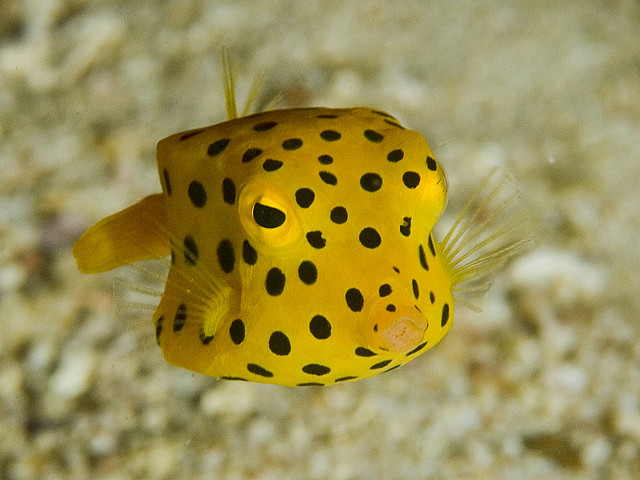
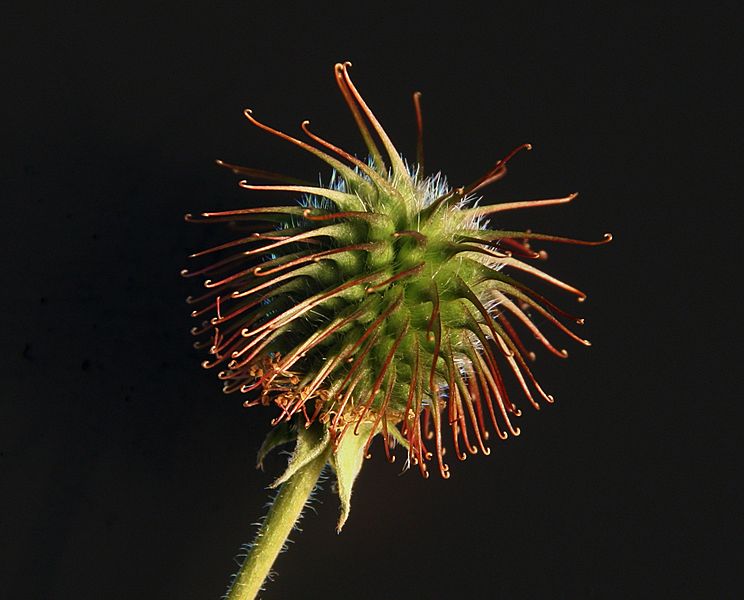
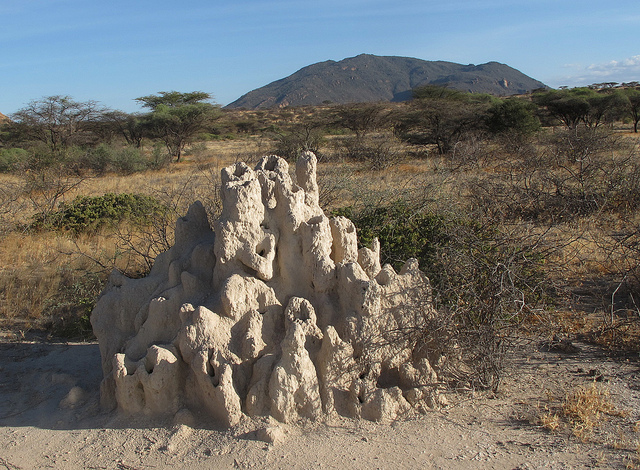
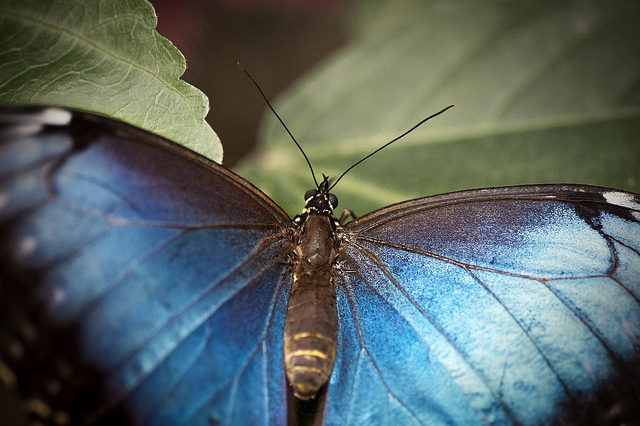
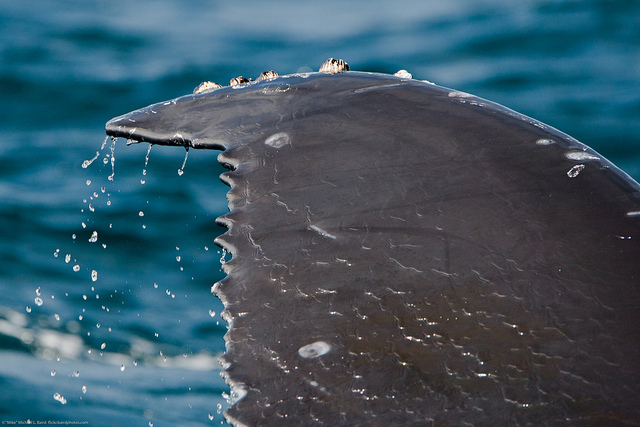

Feedback